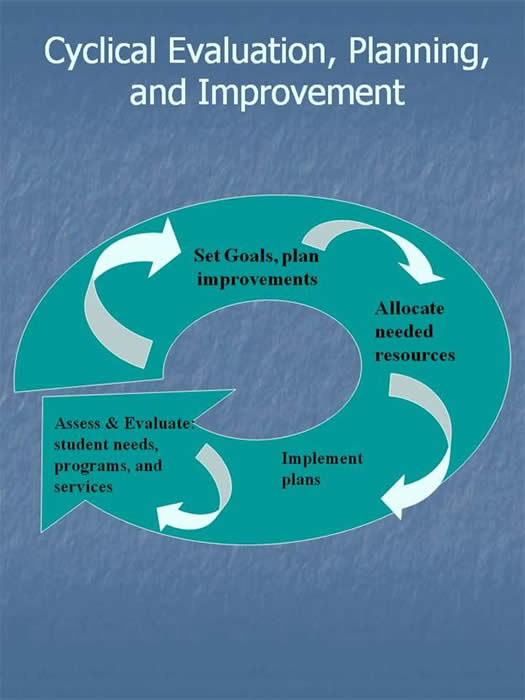IPBM - Shared Agreement Decision Model
Integrated Planning & Budget Model (IPBM)
VI. Shared Agreement Decision Model
The recommended decision model has three key elements:
- All decisions are documented: Every recommendation will be documented in detail and forwarded to the Chancellor.
- Primary Decision Rule is “Shared Agreement”: The PBC is charged with developing district-wide
recommendations that best serve students and the community using evidence-based processes
and criteria. Therefore, it recommended that the PBC work towards solutions that are
based on the results of such agreed-upon processes and criteria, and the “shared agreement”
decision model. Shared agreement is achieved when all members of the group rate a
proposal as A, B or C:
- Unqualified support
- Acceptable – best of the options we have
- Can live with the decision – not especially enthusiastic but the process was followed and all viewpoints received a fair hearing. If all members do not indicate A, B, or C the group can continue to refine the proposal if there is sufficient time to do so to arrive at shared agreement. Shared agreement can also be achieved if a majority of the group indicate A, B, or C, and the remaining members indicate:
- Do not fully agree with the recommendation but feel the process was followed; need to have my viewpoint included in the documentation as a minority report
- Voting is the Back-up Process: If shared agreement cannot be reached within the time constraints of the planning-budgeting cycle, the PBC will vote on the issue. However, voting will not be used to achieve a decision based on a majority of votes, but rather as a method of recording committee members’ assessment of proposals. The full record of the vote including any alternative viewpoints will be documented and sent to the Chancellor.
Support for Effectiveness
- The district will provide support for the PBI. This includes providing appropriate technical support (e.g., research, policy) and logistics and minutes.
- The goal is to have fewer, more highly supported action meetings at key decision-making milestones, rather than more frequent discussion-oriented sessions.
- An important support for effectiveness is to institute a regular review of district and college implementation successes and challenges, i.e., an assessment of whether previous year plans are being acted upon using agreed upon matrices or established rubrics. The following cyclic evaluation planning and improvement diagram provides a macro overview of the process.
Diagram 5

